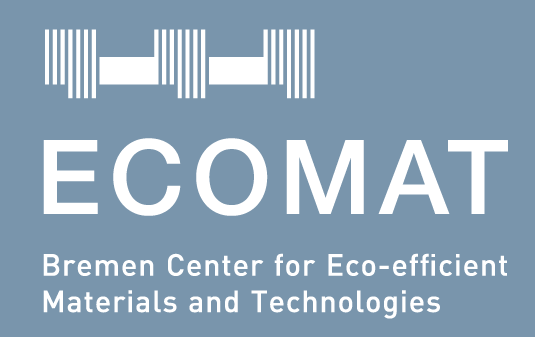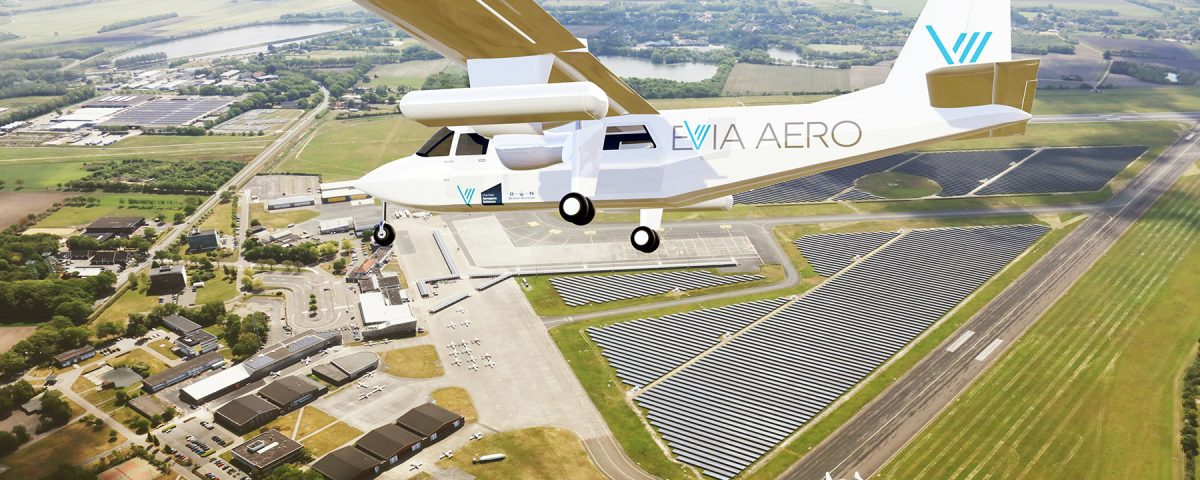
How EVIA AERO wants introduce a new era in regional air traffic

Working on their idea: Chief Technology Officer Suell Mües and company founder Florian Kruse, Image: ECOMAT/Raveling
EVIA AERO is an emission-free airline that wants to fly regional flights with electric aircraft. The start-up also aims to ensure a sustainable energy supply for European regional airports. As an ECOMAT member, the young company benefits from a large aviation community.
A bird's eye view of a northern European airport: A large, concreted apron with terminal buildings, plus taxiways and runways and lots of short-mown green grass all around. That is what we are used to – whether on the way to vacation or returning from a business trip.
If Bremen-based Florian Kruse has his way, something is missing from this picture: a large photovoltaic power plant. The airport expert wants nothing less than to transform the energy infrastructure of small regional airports throughout Europe in a sustainable way. And he is well on the way to achieving this.
First concrete projects for the generation of sustainable energy at the airport are in the pipeline
One example is the airport located near the popular seaside resort of Jurmala on the Baltic coast of Latvia. There is a small airport of the same name in the immediate vicinity. In cooperation with the local operating company, Kruse wants to install a 50-megawatt photovoltaic system here. The extensive airport premises are ideal for this.
This will open up a new source of income for the airport. One of the reasons why Jurmala signed a letter of intent with Kruse's start-up EVIA AERO in May 2024 for an investment in the double-digit millions: "Regional airports have had a hard time throughout Europe since the coronavirus crisis. Routes are being discontinued, and former frequency drivers such as business travel have become scarce. New concepts are needed," says Kruse.
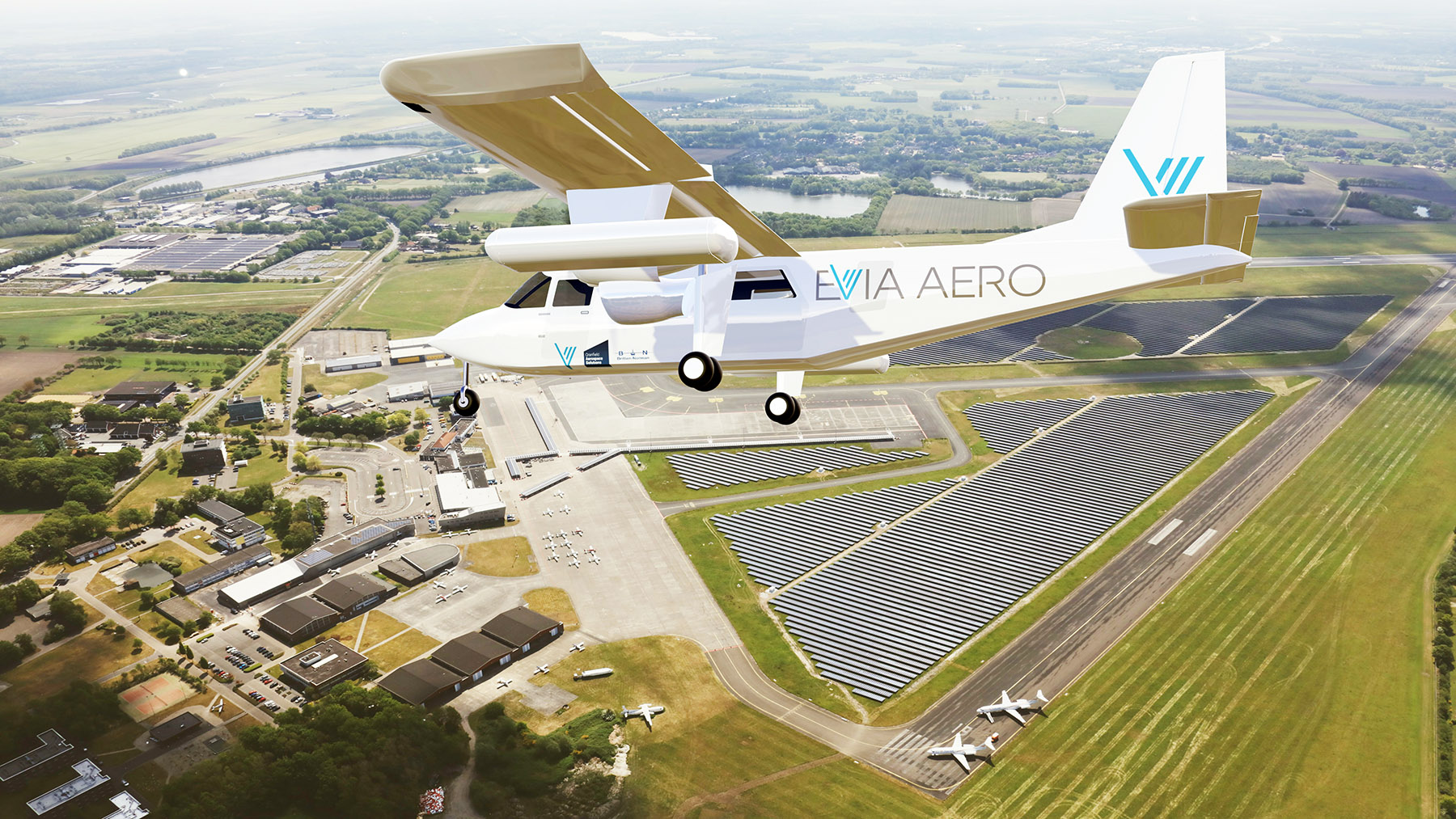
This is how it could look one day: A Britten Norman Islander approaching an airport with a solar park, image: EVIA AERO
Unique business model relies on the interplay of sustainable components
And that is where the man from Bremen comes in. The former Chief Commercial Officer at Bremen Airport not only knows the airport business inside out, he also knows how to make a profit with airlines. With his start-up EVIA AERO, he skillfully brings these two worlds together and uses them to knit a business model that is unique in Europe and relies on several pillars:
The airline
At the center of it is the new airline "EVIA AERO", which Kruse plans to launch in 2027. It relies on zero-emission aircraft that are powered by either hydrogen or battery power. There is a choice of two aircraft types that are still being developed and EVIA AERO has placed early order options for both to secure a place at the front of the manufacturers' production lots:
- EVIATION "Alice": a nine-seater electric aircraft with a range of 460+ kilometers, which is expected to be certified towards the end of the decade. EVIA AERO plans to purchase 25 aircraft.
- Cranfield Aerospace Solutions "Britten Norman Islander": A nine-seater aircraft that will generate electrical energy using hydrogen fuel cells. First registration expected in 2027, range 400km+. EVIA AERO intends to purchase 15 aircraft and has submitted letters of intent for ten further aircraft of the 19-seater version, which are also still being developed.
Kruse wants to use the aircraft to enter the feeder market, i.e. to offer point-to-point connections at regional level. This is where the electric propulsion offers advantages. "By generating energy on site, we reduce electricity prices and also don't have to engage in fuel hedging like large airlines in order to protect ourselves from rising oil prices," he adds. This has a positive effect on ticket prices.
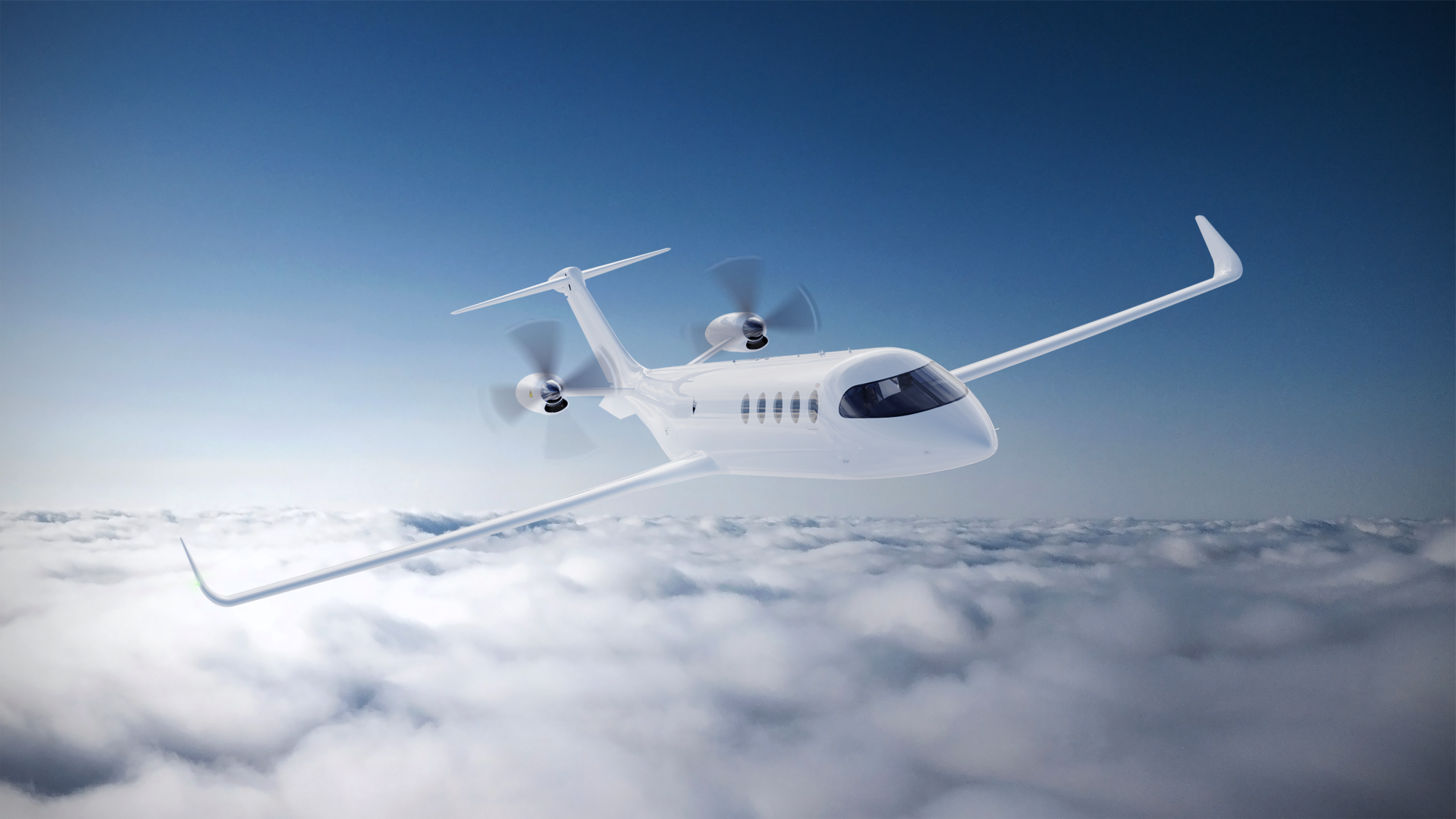
Taking to the skies on batteries: the nine-seater EVIATION Alice, image: EVIA AERO/Eviation
The energy infrastructure
So far, the 800 European regional airports lack the energy infrastructure to enable emission-free flying. "Their power grids would be completely overwhelmed if we suddenly wanted to charge one or more aircraft with 2 megawatts, and there is also a lack of hydrogen filling stations," Kruse gives as an example.
This is why he wants to work with the airport operators to redesign the infrastructure: Large-scale solar plants generate electricity, which is then either temporarily stored in buffer batteries or converted into hydrogen on site in electrolyzers and thus made available to the aircraft. The airport can use surplus solar power itself or feed it directly into the public grid to earn money.
"Electricity generated on site is cheaper than buying it from the grid. This in turn benefits the airlines, which can reduce ticket prices and save costs. And the airports earn twice: by selling the electricity to the airlines and to the public grid," says Kruse.
With his start-up, he wants to take over the planning and organizing of the entire infrastructure, energy generation, grid and consumption. In addition to the Latvian airport, Kruse is currently planning various other plants ranging in size from 8 to 90 hectares, including buffer batteries with a capacity of 10 to 20 MW.
The airports
Another important building block is the location of the airports. Kruse is focusing deliberately on regional airports and has already signed memorandums of understanding with twelve airports in Europe. This is because the business with nine-seater short-haul aircraft is particularly appealing to them:
"We don't want to offer routes that are already served by larger airlines anyway or that can be reached more quickly by rail. Smaller airports and airlines cannot compete here. We only serve routes that do not exist yet," the aviation expert says. These are point-to-point connections with economic relevance. One example is Bremen-Brussels, which could be served via a double-daily connection (early in the morning to Brussels, returning late in the evening, which saves a hotel stay and therefore travel costs for unavoidable business trips).
To identify the best routes, Kruse's team conducts location studies with hundreds of regional airports in Europe and talks to local economic authorities and large companies to identify demand.
The finances
Building up not just an airline, but an entire airport infrastructure is costly. However, Europe's financially struggling regional airports cannot make these multi-million investments on their own. "This is why we set up a joint venture with each airport, in which we take a significant stake. Supplemented by bank loans – as has long been standard practice for investments in other energy projects such as wind or solar parks – we can secure long-term financing like this," Kruse calculates.
They also draw on regional subsidies, for example from the EU or the local government. In combination with the equity that EVIA AERO brings thanks to its investors, this results in a solid financial concept.
"We calculated sustainable regional aviation from start to finish. There are numerous approaches to sustainable aviation besides us, but many of them are research projects or vague ideas. We have a functioning business model," emphasizes Kruse, drawing attention to the uniqueness of his approach.

Florian Kruse travels across Europe to convince regional airports of his vision, Image: ECOMAT/Raveling
Bremen as a springboard for aviation start-ups
However, great visions also need people to implement them. Today, Kruse employs a team of nine, which he plans to double by 2025. There is plenty of work – and here the young start-up relies on Bremen's division of labor. Kruse has outsourced the engineering part (electrical infrastructure, grids and systems) to the Bremen branch of Akkodis. The technology group in Bremen Airport City - ECOMAT's direct neighbor - is thus responsible for designing the entire energy system.
This allows EVIA AERO to concentrate fully on building up its business. For Kruse himself, this means above all a lot of traveling. He is in a different European country almost every week to talk to airport operators or give feedback to aircraft manufacturers. "We are part of the Customer Advisory Board during development and are happy to contribute our operational expertise."
Kruse is also happy to be part of the community at the Bremen research and technology center ECOMAT. On the one hand, because it provides access to key players in the aviation industry who are working on sustainability in aircraft construction. And on the other hand, because Bremen will one day become part of the EVIA AERO route network and the ECOMAT members, with their international focus, can also become potential customers. "We can gather feedback so quickly and try out new ideas. These short distances are why Bremen is so valuable for us."
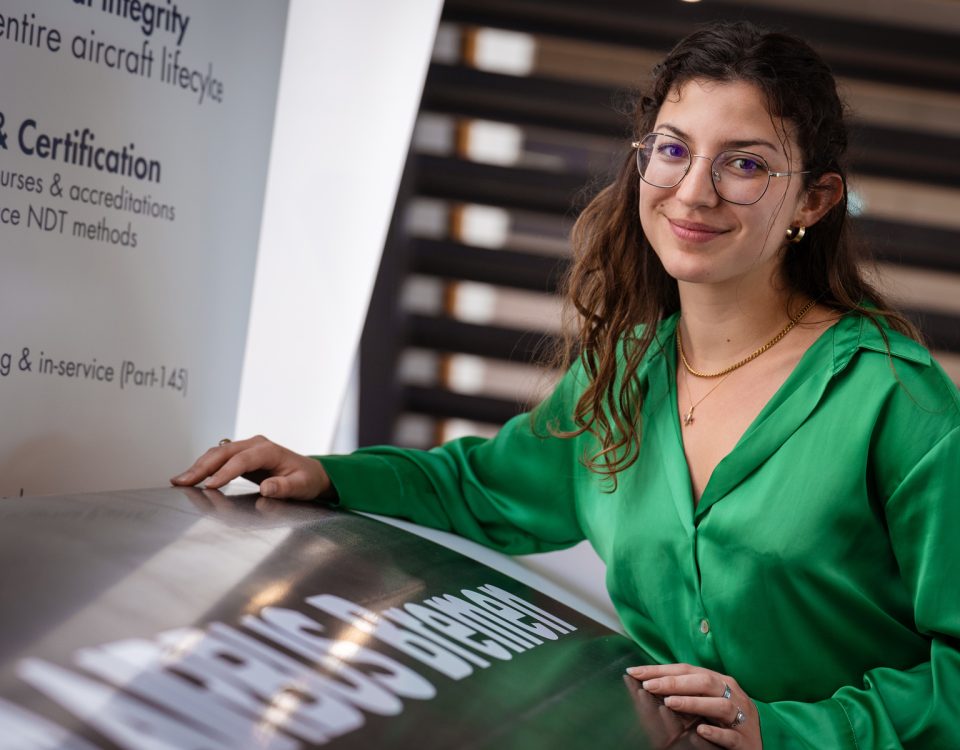
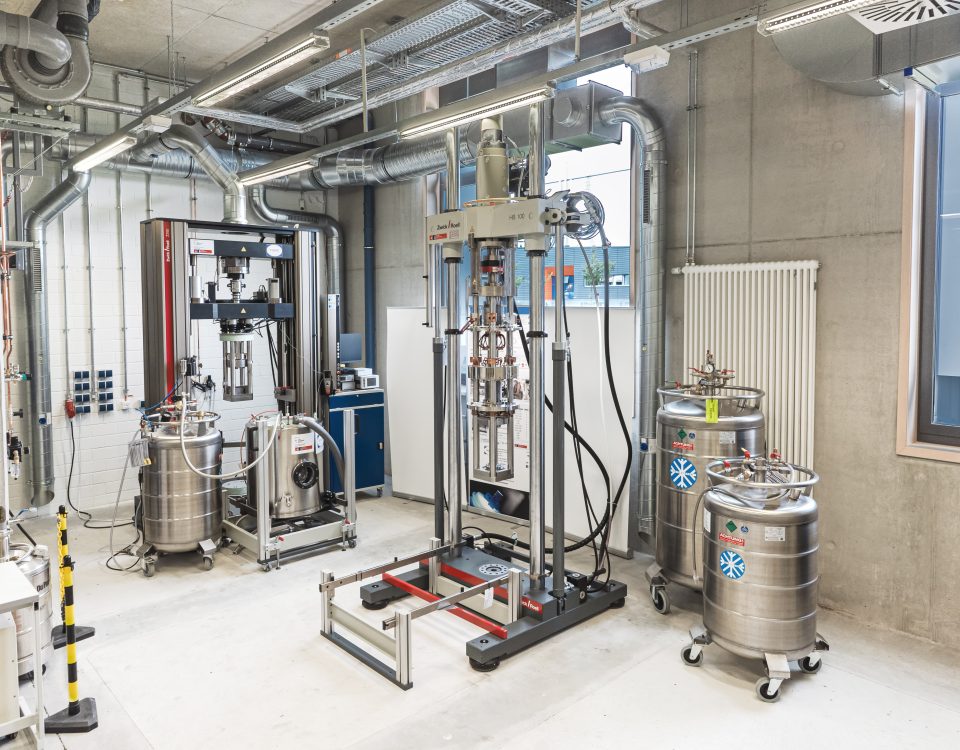
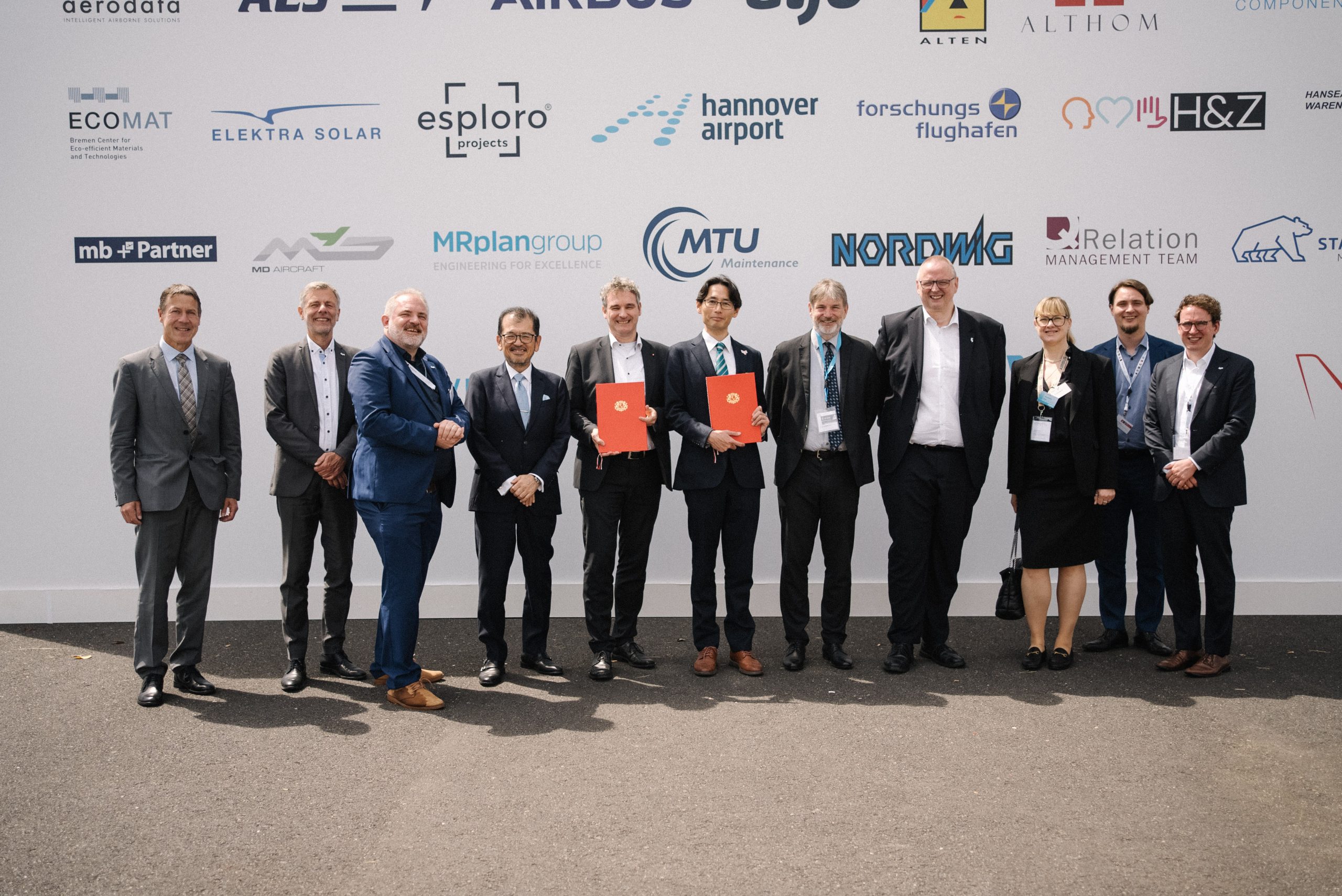
Florian Kruse from Bremen wants to take to the skies with hydrogen and batteries with his sustainable airline EVIA AERO. But that’s not all: he is also turning regional airports upside down. How the idea of the ECOMAT member, which is unique in Europe, could work.

